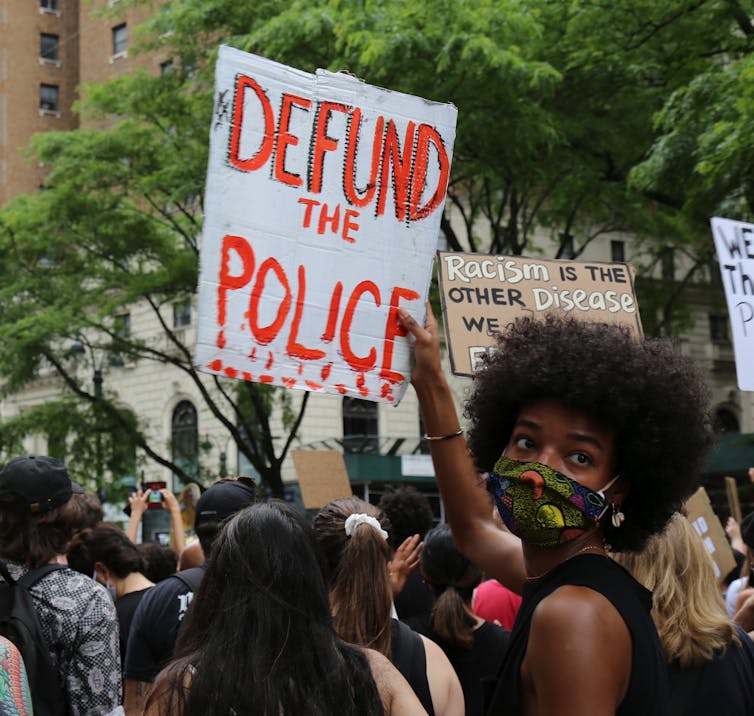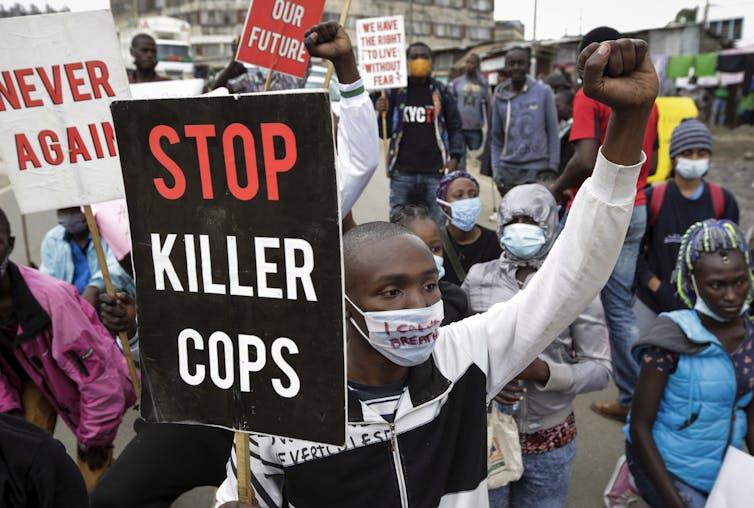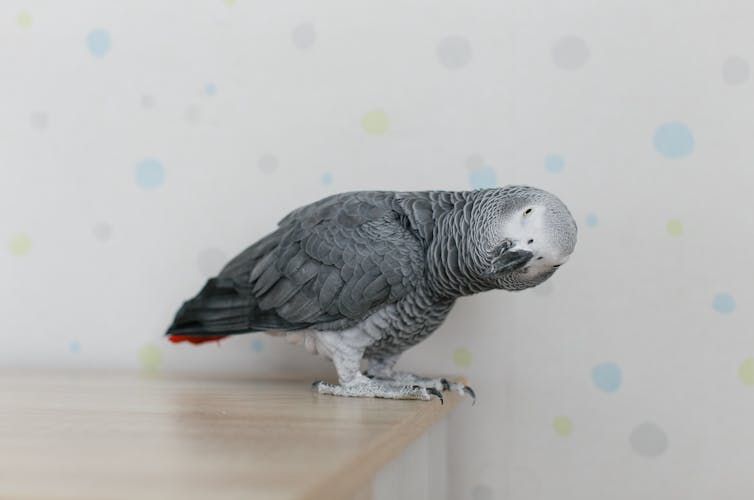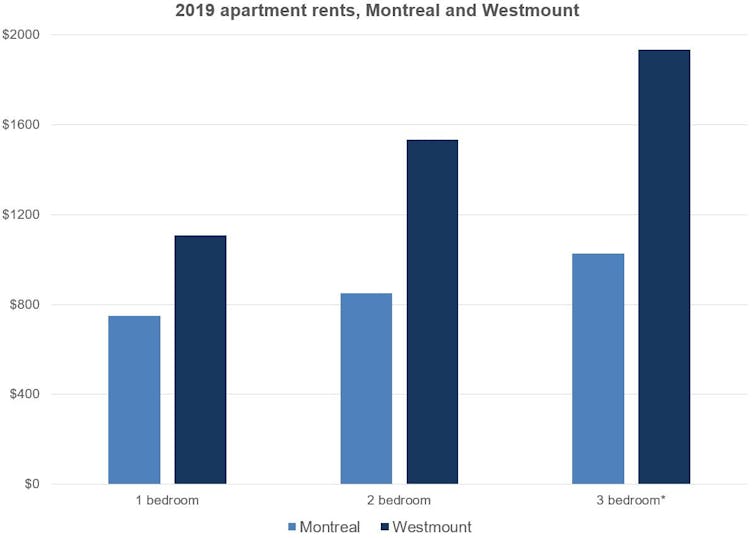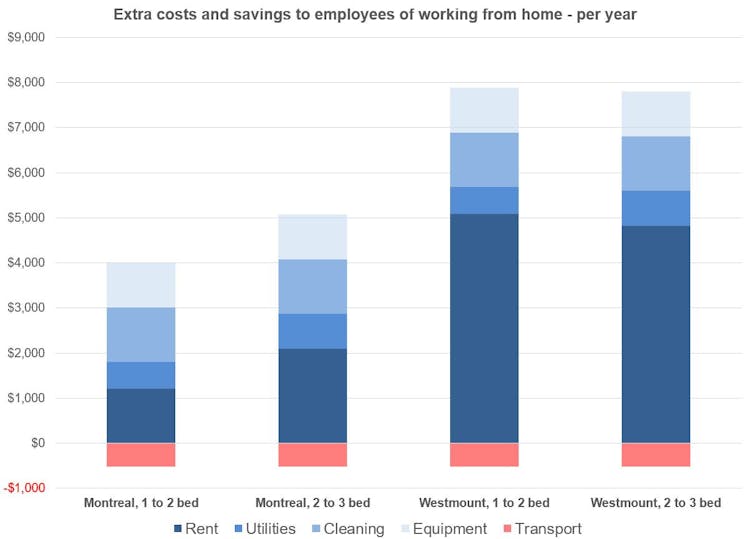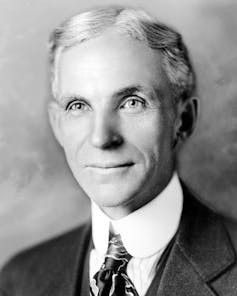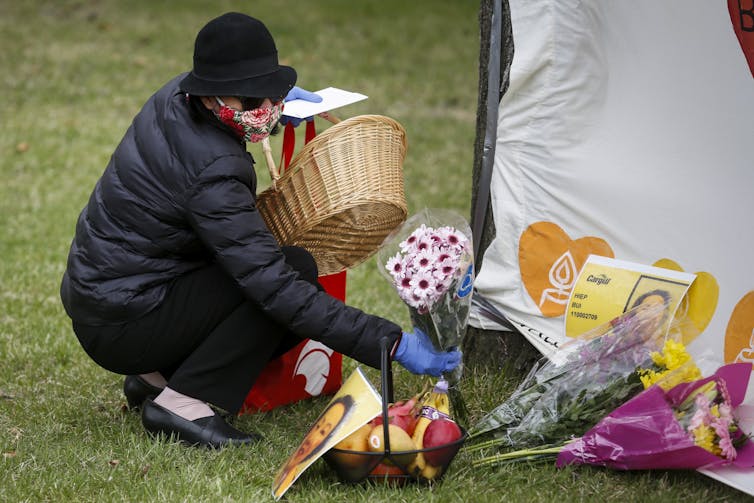Kate Taylor and Palmer Haasch Jun 18, 2020, 10:06 AM
A video of an employee who was fired from a Youngstown, Ohio Taco Bell location for wearing a Black Lives Matter mask to work went viral on Thursday.
Taco Bell told Insider the chain apologized to Denzel Skinner, the worker who was fired, last week and that the chain does not prohibit employees from wearing Black Lives Matter masks.
#RIPTacoBell was trending in the United States on Twitter on Thursday, with people sharing messages of support for Skinner as well as recipes to recreate Taco Bell favorites at home.
Taco Bell is facing backlash after a video showing a worker being fired for wearing a Black Lives Matter mask went viral.
Denzel Skinner went live on Facebook on June 8, telling viewers that he was losing his job at a Taco Bell location on Belmont Ave. in Youngstown, Ohio, because he was wearing a Black Lives Matter mask.
Skinner told WBKN First News that he had been a shift leader at the location for eight years, and said that the store's air conditioning had broken — which meant the surgical masks provided to employees made it harder to breathe when it was warm.
—elijah daniel (@elijahdaniel) June 18, 2020
He said that he decided to switch to the Black Lives Matter mask because it was easier to breathe through. When a manager asked him to take it off, he told WBKN First News, he refused and walked out of the restaurant. He said that he was told if he walked out, he would lose his job. In the Facebook live video, a female voice, allegedly belonging to the manager, can be heard saying, "You can't bring politics into the building."
"Bro, I'm not bringing politics in," Skinner says in the video. "This is what I'm standing for. How is this considered politics?"
In a statement to Insider, Taco Bell said the chain was "disappointed to learn about the incident," saying that "we believe Black Lives Matter." The chain said it is working closely with the franchisee who operates the Youngstown, Ohio, location to address the issue.
"Our Chief People Officer and Yum!'s Chief Diversity and Inclusion Officer spoke with Denzel last week to apologize and discuss the situation," a Taco Bell representative said in a statement. "Our goal is to ensure our policies are inclusive and keep our team members and customers safe."
"While our policies at restaurants do not prohibit Team Members from wearing Black Lives Matter masks, we are working to clarify our mask policy so this doesn't happen again," the statement continued.
Skinner did not respond to Insider's request for comment on the incident.
Taco Bell posted a statement to its Twitter page on Thursday evening, saying that it believed the Black Lives Matter movement "is a human rights issue and not a political one."
—Taco Bell (@tacobell) June 18, 2020
"We do not tolerate racism or violence against the Black community and we demand inclusivity," Taco Bell said.
"We will hold yourselves accountable," it pledges.
Companies' responses to Black Lives Matter masks have sparked backlash
After the death of George Floyd, Taco Bell's CEO Mark King released an open letter, saying he and the chain were committed to long-term solutions to fight racism.
"I'm a white male," King wrote. "I grew up in the Midwest and now live in Southern California, where the Black population is a small percentage of the community. I will not pretend to understand the weight of the years of injustice and inequality that our Black friends and colleagues have experienced."
In the letter, King announced that Taco Bell's corporate office held a panel on combatting systematic racism led by the company's chief diversity and inclusion officer. King said that Taco Bell's restaurant workers will have the opportunity to do the same.
Read more: CEOs at fast-food giants including McDonald's, Chick-fil-A, and Starbucks speak out to support protests, as some face internal reckonings and criticism
Starbucks
This is the latest incident in which a company has faced backlash for banning Black Lives Matter face masks on the job.
Last week, Starbucks reversed its policy to allow employees to wear pins or t-shirts that support Black Lives Matter, after facing backlash over its previous policy banning such merchandise. Wawa similarly reversed its policy, allowing workers to wear Black Lives Matter pins after originally banning employees from wearing masks or anything else with Black Lives Matter written on it.
Other companies that have faced backlash on Black Lives Matter masks have yet to announce new policies.
One Publix worker quit due to the company's policy banning all "non-Publix messaging" — including writing Black Lives Matter — on masks, The Tampa Bay Times reports. The Concord Monitor reports that two Whole Foods workers were sent home from work for wearing Black Lives Matter masks.
After Skinner's video crossed over to Twitter, #RIPTacoBell started trending in the United States
In the morning of June 18, Elijah Daniel, a social media personality and music artist, reposted a cut of Denzel Skinner's video that was originally uploaded to Twitter by @tyrone_brother. Shortly before reposting the video, he quoted the statement that Taco Bell had posted on Twitter on June 2, saying "nahhhhhh sorry we sad about it but y'all goin too" and using the #RIPTacoBell hashtag.
—elijah daniel (@elijahdaniel) June 18, 2020
Daniel reposted the cut of Skinner's video shortly after with the caption, "Taco Bell manager firing an employee for supporting BLM :/ #RIPTacoBell." The video quickly began to gain traction on Twitter and has amassed over 1 million views; Elijah's tweet stands at nearly 30,000 likes as of midday on Thursday.
Daniel told Insider that since he started urging people to use the hashtag #BLUEFALL to document instances of police brutality amid ongoing protests, people have been sending him videos to signal boost (he has over 715,000 followers on Twitter).
Daniel has a history with Taco Bell itself — he has a Taco Bell tattoo and said that he's been involved with the company for over eight years — but said that when someone sent him the video he posted it because "f-ck Taco Bell, you can't claim to be the millennial brand and then just not be on the right part of this."
Since Daniel reposted the video and started the #RIPTacoBell hashtag, people have been flooding it with support for Denzel Skinner while also dunking on Taco Bell's food and posting recipes to recreate classics. One TikTok showing people how to make a Crunchwrap Supreme has amassed hundreds of thousands of views on Twitter.
—Kano :-)) (@webbgangang) June 18, 2020
Daniel told Insider that his extremely active fan base helped to get the #RIPTacoBell hashtag off of the ground. "I'll put something out there and they're like, alright, we're trending this right now," he said. "We don't stand for this. Everybody has very similar beliefs, or we're accepting of each others' beliefs because they're not radical, I think."
When asked about Taco Bell's statement and apology to Skinner, Daniel said, Taco Bell "posted two weeks ago that they were 'going mute for a week' to make changes, sort of the opposite of what any brand should be doing, and still have yet to do anything publicly. Whether they're doing things privately, that's fine, but this isn't a time to be private. It's great that they apologized, but what is being done about his firing? The manager?"
Daniel thinks that the incident is a testament to the power of social media, pointing to the amount of time it took for Skinner's video to truly surface online as well as how social media criticism has led to outcomes like Aunt Jemima changing its name and losing its mascot.
"This was a Black man pleading for people to share this video and get him help because this was a place that was hiding what they were doing," he said. "I think the main point is to keep spreading it."
This is the latest incident in which a company has faced backlash for banning Black Lives Matter face masks on the job.
Last week, Starbucks reversed its policy to allow employees to wear pins or t-shirts that support Black Lives Matter, after facing backlash over its previous policy banning such merchandise. Wawa similarly reversed its policy, allowing workers to wear Black Lives Matter pins after originally banning employees from wearing masks or anything else with Black Lives Matter written on it.
Other companies that have faced backlash on Black Lives Matter masks have yet to announce new policies.
One Publix worker quit due to the company's policy banning all "non-Publix messaging" — including writing Black Lives Matter — on masks, The Tampa Bay Times reports. The Concord Monitor reports that two Whole Foods workers were sent home from work for wearing Black Lives Matter masks.
After Skinner's video crossed over to Twitter, #RIPTacoBell started trending in the United States
In the morning of June 18, Elijah Daniel, a social media personality and music artist, reposted a cut of Denzel Skinner's video that was originally uploaded to Twitter by @tyrone_brother. Shortly before reposting the video, he quoted the statement that Taco Bell had posted on Twitter on June 2, saying "nahhhhhh sorry we sad about it but y'all goin too" and using the #RIPTacoBell hashtag.
—elijah daniel (@elijahdaniel) June 18, 2020
Daniel reposted the cut of Skinner's video shortly after with the caption, "Taco Bell manager firing an employee for supporting BLM :/ #RIPTacoBell." The video quickly began to gain traction on Twitter and has amassed over 1 million views; Elijah's tweet stands at nearly 30,000 likes as of midday on Thursday.
Daniel told Insider that since he started urging people to use the hashtag #BLUEFALL to document instances of police brutality amid ongoing protests, people have been sending him videos to signal boost (he has over 715,000 followers on Twitter).
Daniel has a history with Taco Bell itself — he has a Taco Bell tattoo and said that he's been involved with the company for over eight years — but said that when someone sent him the video he posted it because "f-ck Taco Bell, you can't claim to be the millennial brand and then just not be on the right part of this."
Since Daniel reposted the video and started the #RIPTacoBell hashtag, people have been flooding it with support for Denzel Skinner while also dunking on Taco Bell's food and posting recipes to recreate classics. One TikTok showing people how to make a Crunchwrap Supreme has amassed hundreds of thousands of views on Twitter.
—Kano :-)) (@webbgangang) June 18, 2020
Daniel told Insider that his extremely active fan base helped to get the #RIPTacoBell hashtag off of the ground. "I'll put something out there and they're like, alright, we're trending this right now," he said. "We don't stand for this. Everybody has very similar beliefs, or we're accepting of each others' beliefs because they're not radical, I think."
When asked about Taco Bell's statement and apology to Skinner, Daniel said, Taco Bell "posted two weeks ago that they were 'going mute for a week' to make changes, sort of the opposite of what any brand should be doing, and still have yet to do anything publicly. Whether they're doing things privately, that's fine, but this isn't a time to be private. It's great that they apologized, but what is being done about his firing? The manager?"
Daniel thinks that the incident is a testament to the power of social media, pointing to the amount of time it took for Skinner's video to truly surface online as well as how social media criticism has led to outcomes like Aunt Jemima changing its name and losing its mascot.
"This was a Black man pleading for people to share this video and get him help because this was a place that was hiding what they were doing," he said. "I think the main point is to keep spreading it."
